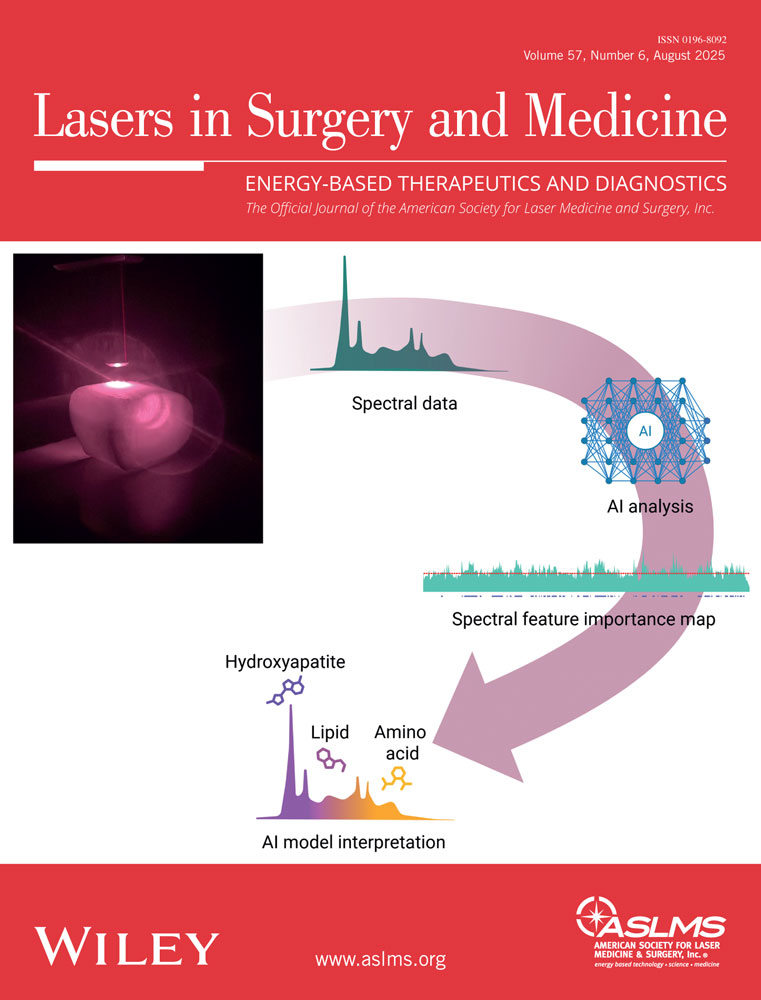Selective ablation of orthodontic composite by using sub-microsecond IR laser pulses with optical feedback
Abstract
Background and Objective
Conventional methods of residual composite removal after debonding orthodontic brackets involve the use of abrasives that damage the underlying enamel. The objective of this study was to determine whether infrared pulsed lasers are suitable for the removal of composite through selective laser ablation.
Study Design/Materials and Methods
Pulsed CO2 and Er:YAG lasers were evaluated for their ability to selectively ablate orthodontic composites. Optical emission spectra of the luminous plasma produced during composite and enamel ablation were acquired to differentiate between enamel and composite ablation to minimize accidental removal of enamel.
Results
TEA CO2 laser pulses at a wavelength of 10.6 μm were best suited for the selective ablation of composite. Spectral analysis of plume emission identified several calcium emission lines that can potentially be used to distinguish between enamel and composite ablation.
Conclusion
TEA CO2 lasers operating at 10.6 μm used in conjunction with optical feedback have the potential to selectively ablate residual dental composite and minimize inadvertent removal of enamel. Lasers Surg. Med. 27:103–110, 2000. © 2000 Wiley-Liss, Inc.




